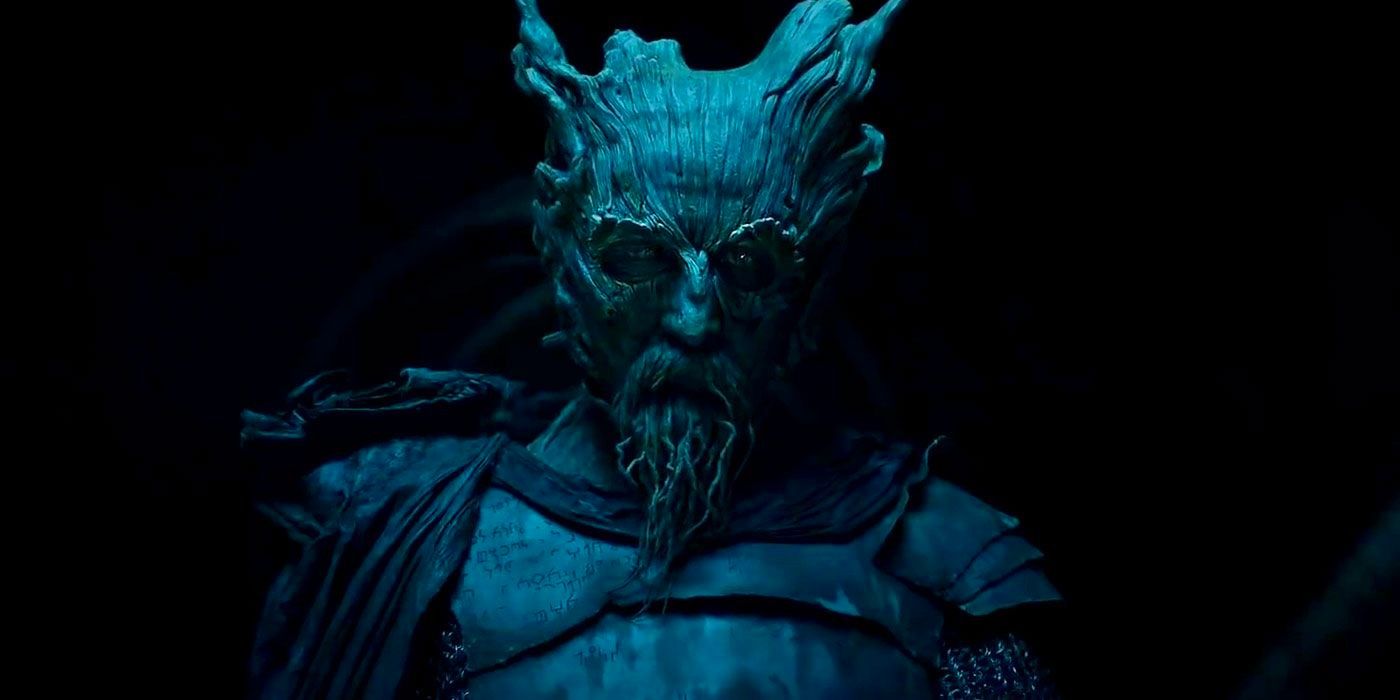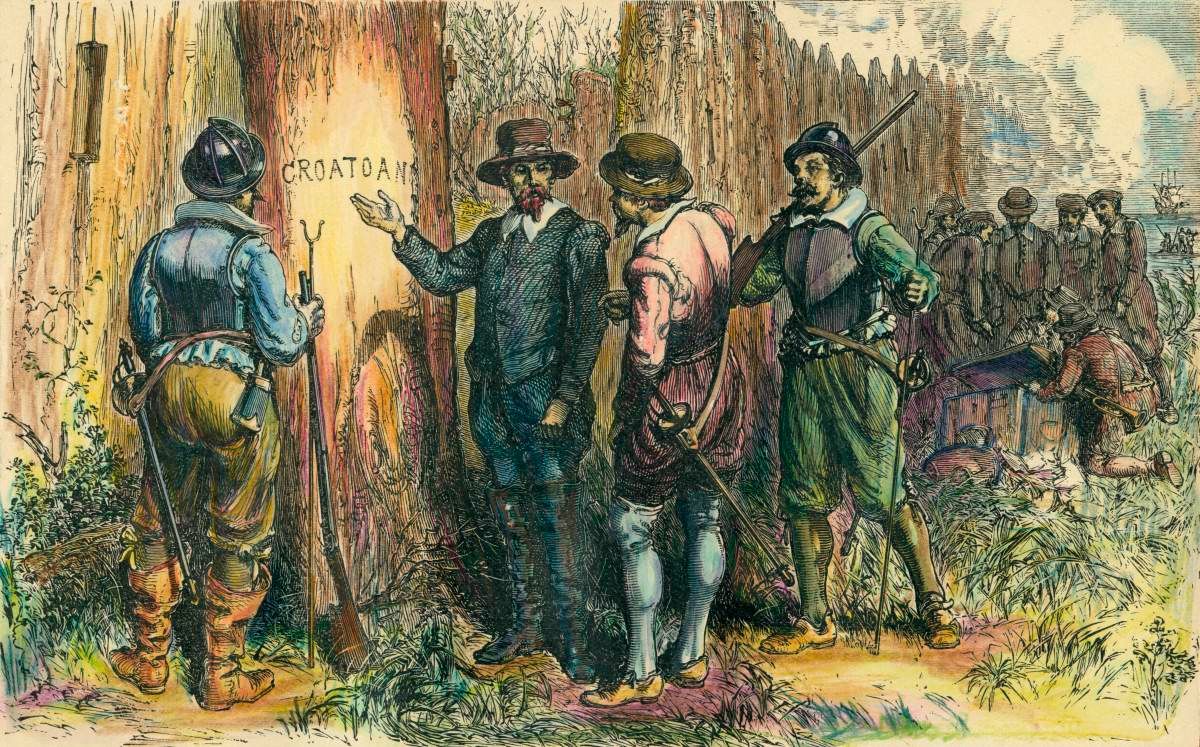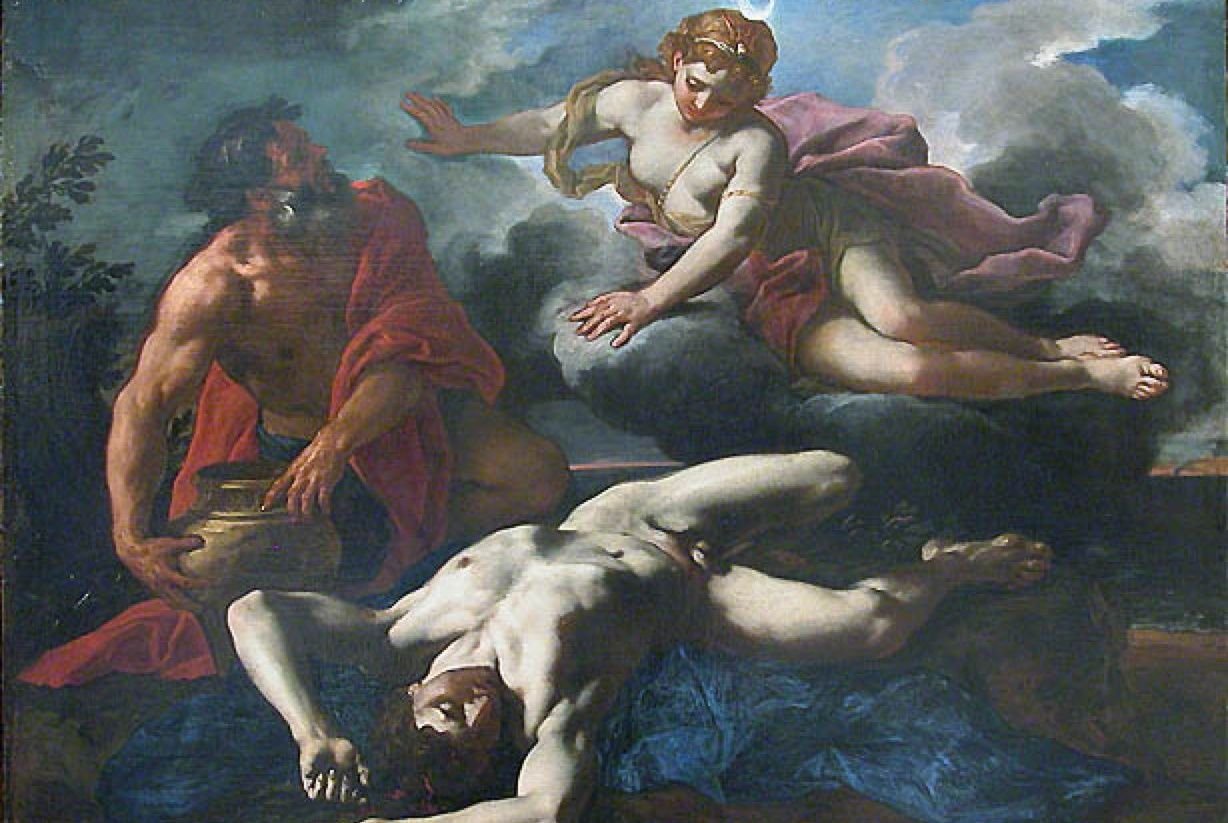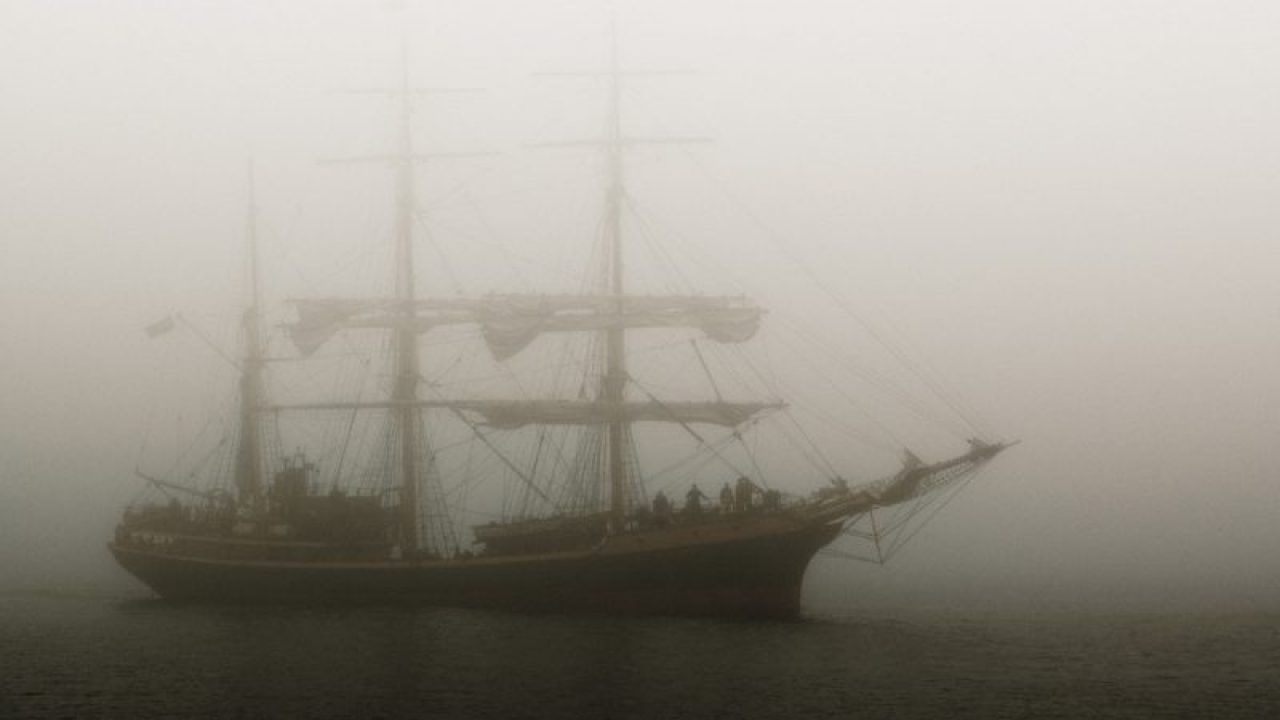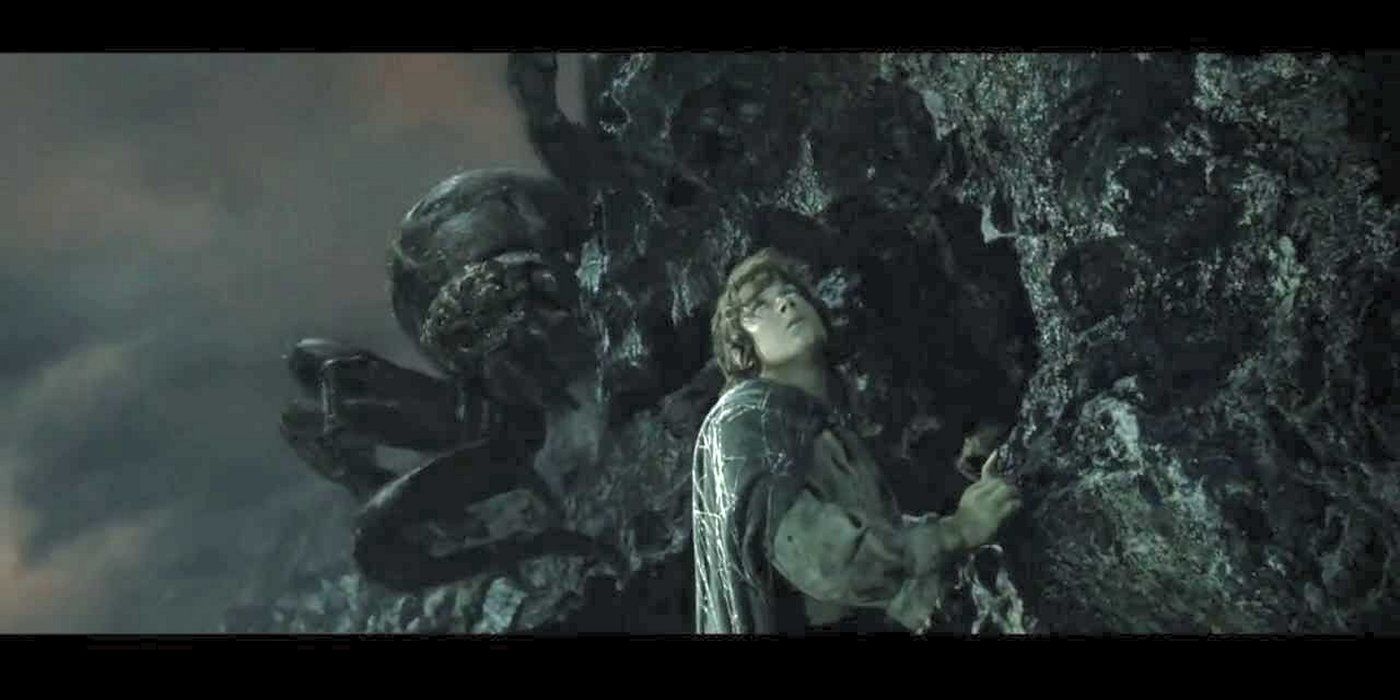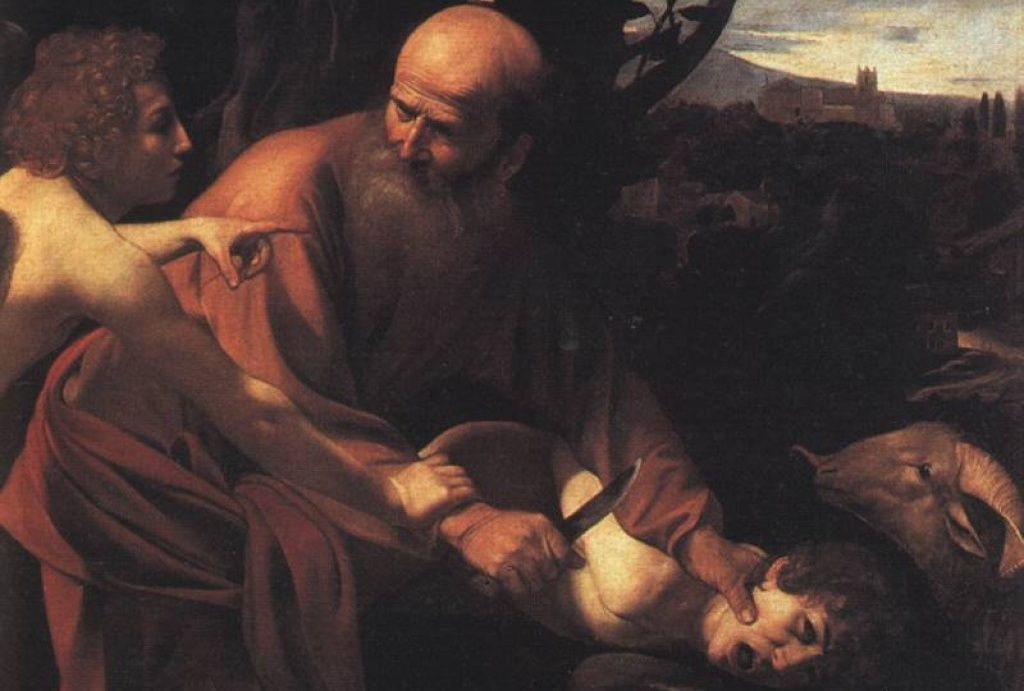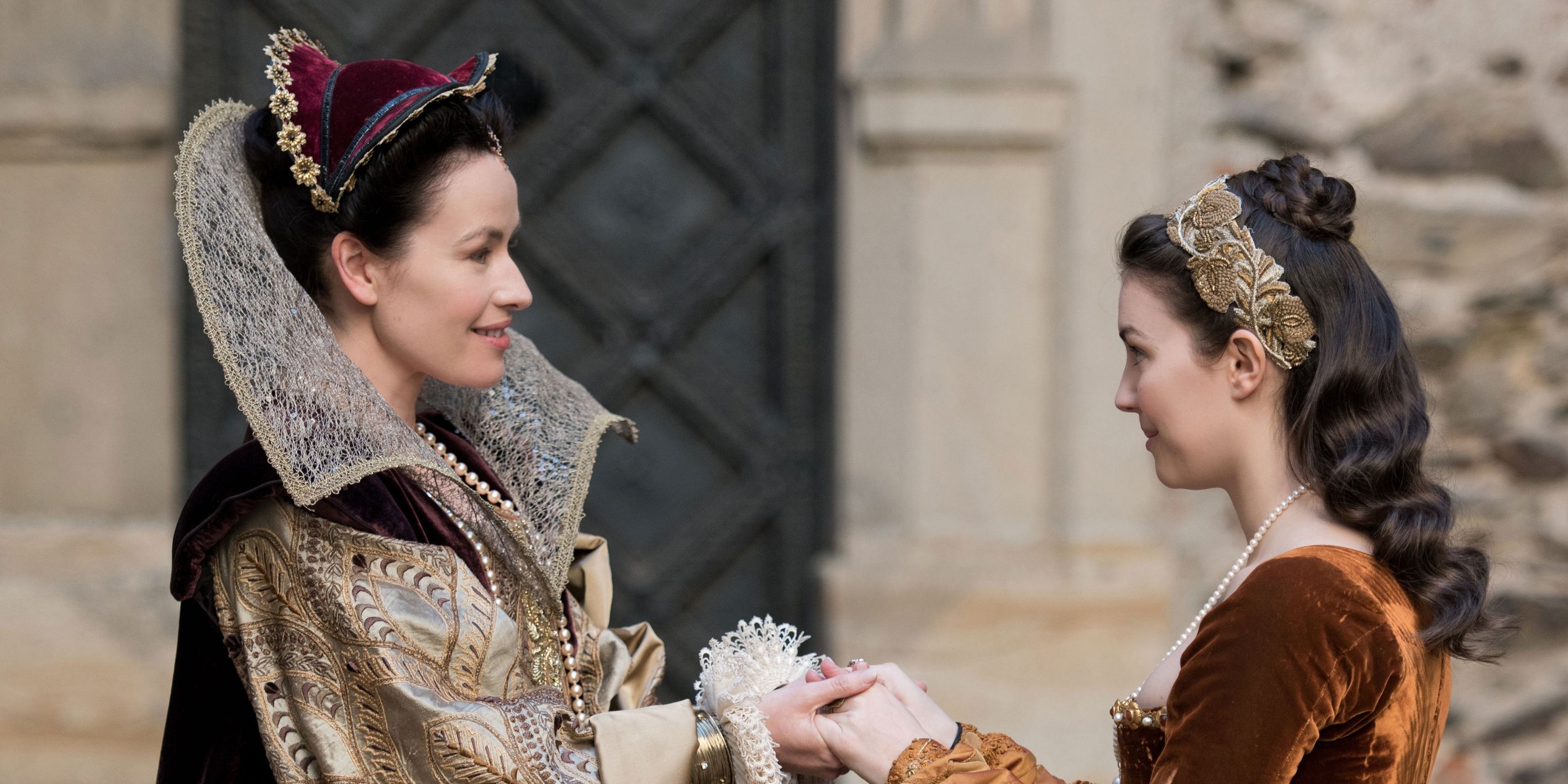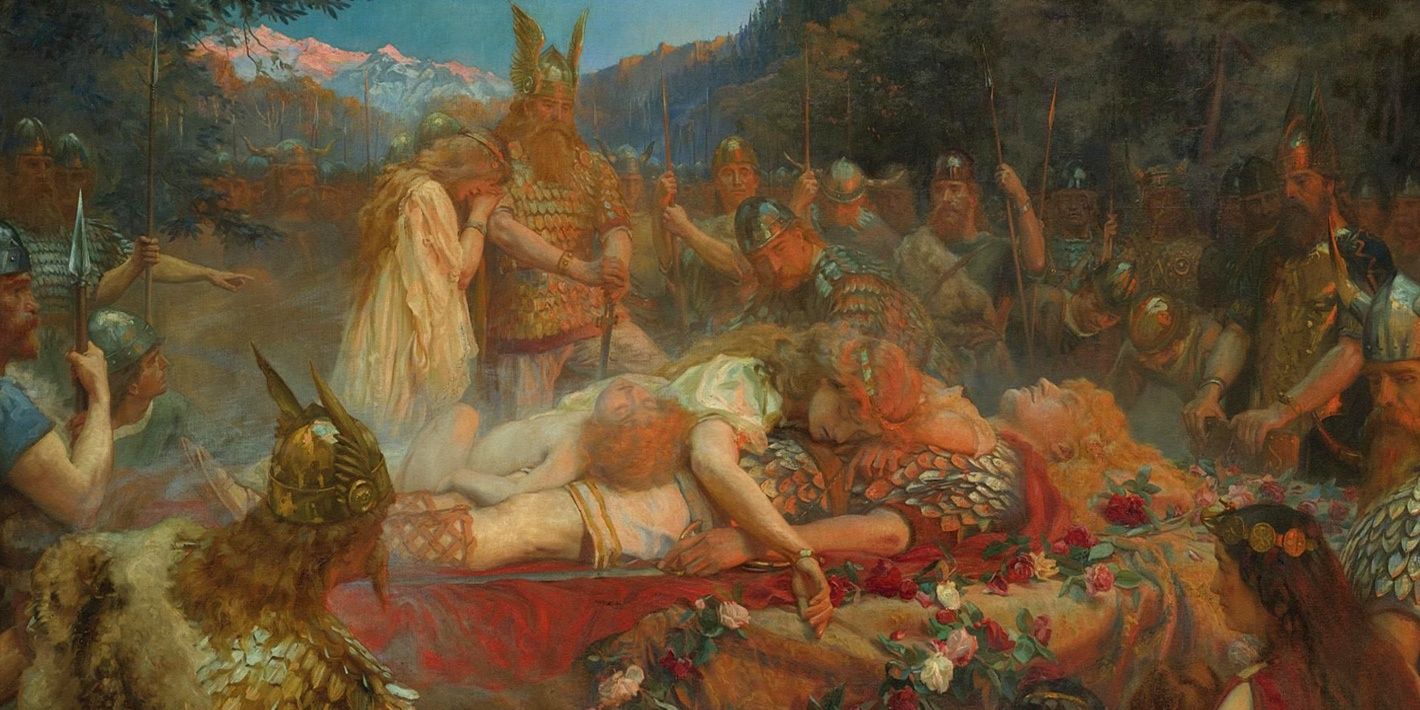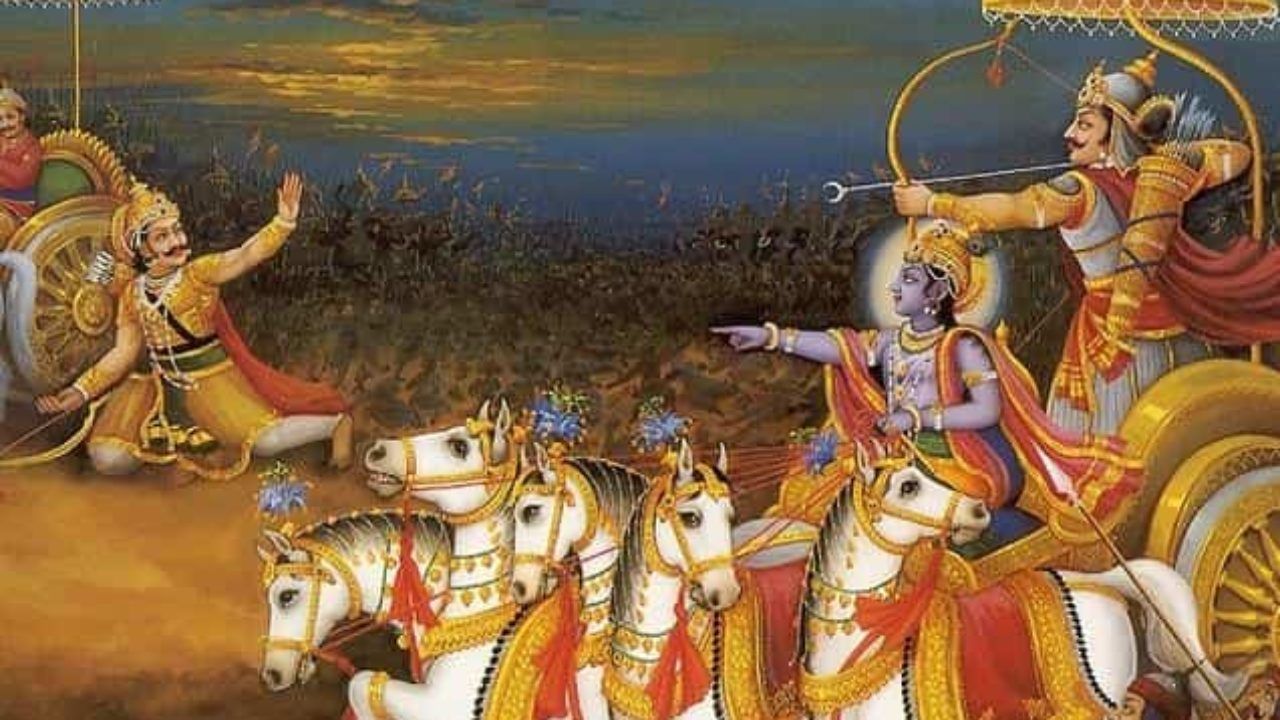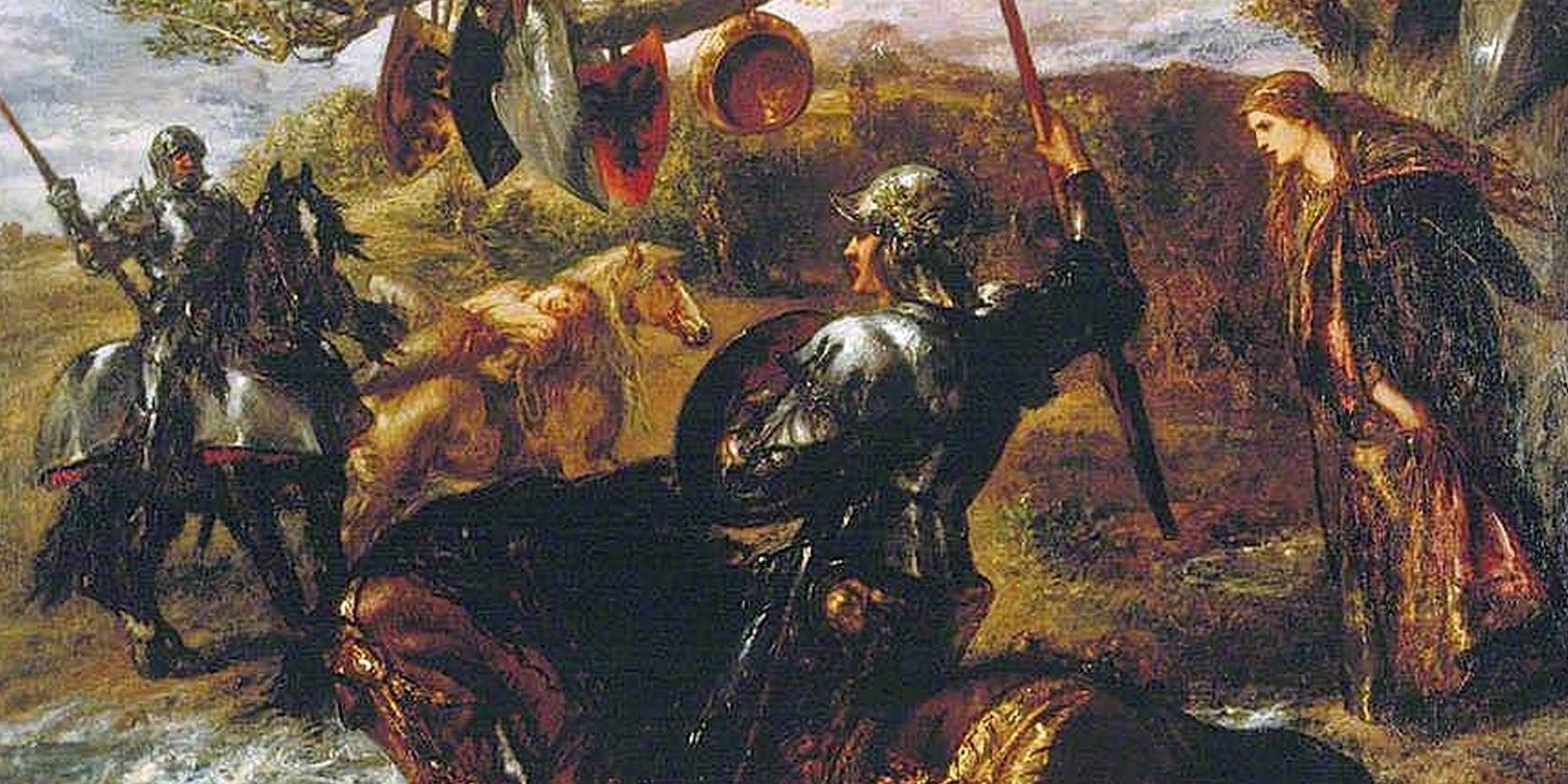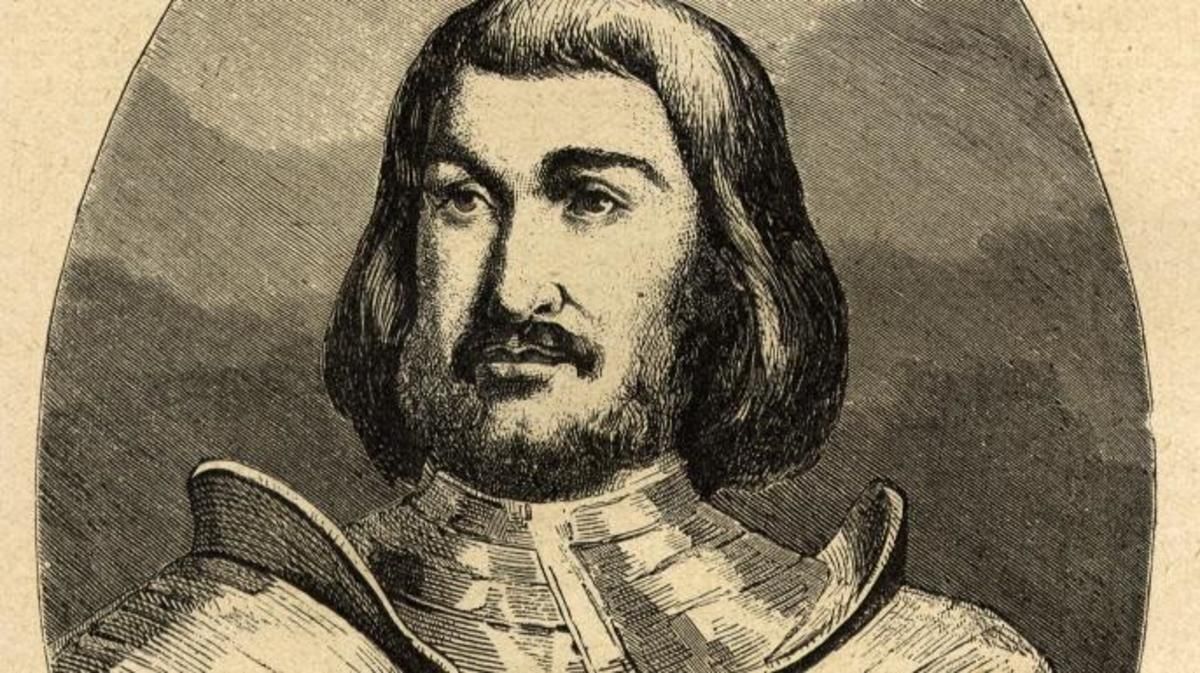The coming summer movie season is looking pretty barren with so many blockbusters fleeing to later dates, but one movie that is still thankfully on track to hit theaters in May is A24's The Green Knight. The movie, directed by David Lowery (A Ghost Story) is a dark and fantastical retelling of one of the best and most famous Arthurian stories.
This ominous approach is a fantastic choice, especially when most Arthurian adaptations tend to be much lighter and more heroic, and should serve as inspiration for other filmmakers to tackle similar stories of legend. What follows are ten myths we'd love to see be given The Green Knight treatment and turned into wonderful creepy indie hits.
Roanoke
An often overlooked piece of American history, the story of the Roanoke colony is ripe for a creepy adaptation. It follows the first disastrous attempt by the British to colonize the new world, one that ended in a mystery that is still unsolved. The people of Roanoke were left behind on their island while their leaders went home to fetch supplies, but when those leaders returned the only thing they found was the word "Croatoan" carved into the palisade.
Many theories persist as to what happened to the people. They could have been slaughtered by or assimilated into the local Native American tribe or relocated to a nearby island that sailors were unable to reach. The more supernatural theories have been adapted into a TV movie and the sixth season of American Horror Story but would absolutely benefit from a more serious take like Lowery's Green Knight.
Artemis & Orion
The story of Artemis and Orion has the makings of an all-time great tragic movie. Artemis was the daughter of Zeus and the twin sister of Apollo who, like her brother, was an incredibly skilled archer. Her eventual friendship with the mortal Orion led Apollo to concoct a plan that tricked Artemis into murdering her only friend from afar.
This tragedy could easily be spun into an incredible movie. Apollo's role as a manipulative man with an unhealthy obsession with his sister would certainly play today, and the inevitable tragedy it builds to is a gut-punch that would leave audiences reeling.
The Flying Dutchman
The Flying Dutchman is one of the most famous ghost stories around and has popped up all over the pop culture landscape from SpongeBob to Pirates of the Carribean. The original story is a simple one, about a ship that couldn't find a port and sunk in a terrible storm. The legend states that its visage reappears in stormy weather.
This particular adaptation comes wide open for interpretation. It could tell the story of the fateful crew that went down with the ship or focus on The Dutchman as a vengeful apparition that ensures other ships share its fate. The box office is due for some nautical horror.
The Joren Falls Jorogumo
One of the creepier monsters in Japanese lore is the Jorogumo, a giant spider-demon that can take the form of a beautiful woman. That shapeshifting ability comes into play in the Joren Falls story where a woodcutter falls in love with a mysterious woman, only to later discover that she's a terrible monster. That doesn't deter him in the end as he falls hopelessly in love with her anyways and is snatched into the creature's cave, never to be seen again.
There are many versions of this particular story so any screenwriter tackling it will have plenty to work with. Whether the woodcutter lives or dies is unclear and the Jorogumo itself is a perfect terrifying stand-in for the way the titular Green Knight seems to be used in Lowery's film.
The Binding Of Isaac
The Binding of Isaac is one of the most famous stories of the Torah/Bible. It tells the tale of Abraham, whose devotion is tested by God. His test? Offer his only son as a sacrifice. Abraham binds Isaac to an altar and just as he's about to strike the sacrificial blow he receives a message from the Lord to inform him he's passed the test.
For a story about ritual sacrifice, there isn't a lot of intrigue or action, but the same can be said for The Green Knight. Gawain's story spends most of its time as a character study of the knight himself and this biblical tale could do the same for Abraham as he wrestles with his devotion to his God and his love for his son.
Elizabeth Bathory
Elizabeth Bathory's story is not widely known but those who are familiar consider her one of the most infamous figures in all of history. A Hungarian noblewoman born in 1560, Elizabeth is recognized by Guinness World Records as the most prolific female murderer in history with a total that could be as high as 650 murders.
After her death, rumors began to persist that her motive was to bathe in the blood of young virgins as a means to preserve her youth and beauty. She's also been cited as an inspiration for vampiric figures like Dracula and Carmilla but her story is twisted and ominous enough to warrant its own adaptation.
Sigurd & Brynhild
Sigurd is one of the most popular characters in both Germanic and Norse mythology. He is most famous for slaying the dragon, Fafnir, but his most A24 story is that of his death. Sigurd tricks a Valkyrie named Brynhild into marrying his comrade by completing an impossible task in his place. When this treachery is revealed, by Sigurd's wife no less, Brynhild arranges for Sigurd to be murdered in his sleep.
It's a story stuffed with heroism and backstabbing in equal measure and tells the opposite end of the hero's journey that The Green Knight begins. Where Gawain is searching for a heroic deed to make his name on, Sigurd is an established hero whose ego and immoral acts begin his downfall. If Lowery's Green Knight begins a spiritual creepy trilogy, this is the story to cap it with.
Karna Vs. Arjuna
The most famous myth in Indian history is the Mahabharata, an epic poem about a brutal and complex war. Its final battle, a faceoff between the heroes Karna and Arjuna, has everything a film needs.
In the lead-up to their battle, Karna discovers he is Arjuna's half-brother and willingly gives up the blessing he was born with in order to win the fame he desires and defeat Arjuna on even ground. Karna's pride, of course, leads to his downfall and provides an opportunity to explore a conflict where no side is inherently wrong and no character is inherently evil. That kind of gray morality is where A24 thrives.
Lancelot, The Knight Of The Cart
Of course, if The Green Knight is going to start an Arthurian legend trend, the next stop should be with Lancelot. Arthur's most famous knight's best story revolves around his attempt to rescue Guinevere from the evil Maleagant. Lancelot's journey has a number of episodes, among them, he sneaks into Guinevere's tower for a night of passion, debases himself with un-knightly modes of transportation, and saves his and Gawain's lives from a deadly trap.
"The Knight of the Cart" sends Lancelot on a personal journey much like Gawain's in The Green Knight. It forces him to measure his heroic pride and knightly duties against his personal desires. He also cuts off both Maleagant's arm and head. It's awesome.
Gilles De Rais
Depending on what you believe, Gilles de Rais is either one of the most tragic or most disgusting figures in history. He was comrades with Joan of Arc and his exploits led to him be named Marshal of France. However, he was later accused of the sodomy and occult murder of hundreds of children, crimes he later confessed to and was hanged for.
Today there remains substantial doubt about de Rais' guilt. Many believe the trial was a farce designed to seize his lands and titles since and he was even given a retrial in 1992 where he was found not guilty. Gilles de Rais was either a hero and martyr or a monster and that sounds like the perfect basis for a hit movie.

